The Alchemy of Aquaculture: Six Foundational Pillars for Manufacturing Superior Fish Feed
The global aquaculture industry stands as a critical pillar in the quest to feed a burgeoning human population, already supplying over half of all seafood for human consumption. At the very heart of this industry’s success or failure lies a deceptively simple product: the fish feed pellet. This pellet is not merely sustenance; it is the linchpin that connects economic viability, animal health, environmental sustainability, and final product quality. A poorly formulated or manufactured feed can lead to stunted growth, disease outbreaks, water pollution, and financial ruin. In contrast, a superior feed is a testament to the intricate marriage of nutritional science, precision engineering, and stringent quality control.extruder machine for fish feed
Creating such a feed is a complex alchemy. It requires moving beyond basic nutrition to a holistic understanding of the entire production and utilization chain. This article delves into the six foundational pillars that separate adequate fish feed from exceptional fish feed. extruder machine for fish feedThese elements are not sequential steps but interconnected principles that must be harmonized throughout the feed manufacturing process.
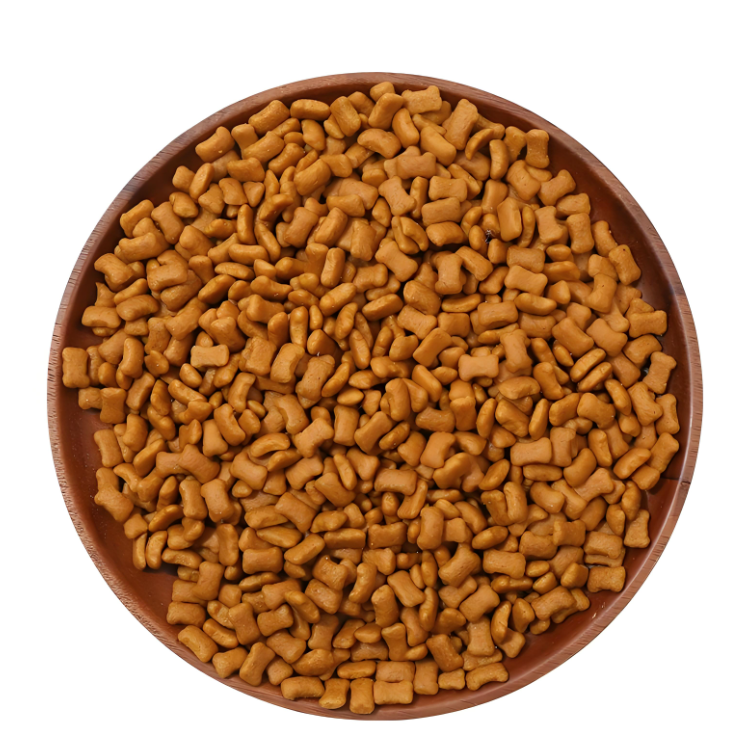
Pillar 1: The Science of Precision Formulation – Beyond “Crude Protein”
The journey to an excellent feed begins not in the factory, but in the laboratory and on the computer, with the formulation. This is the intellectual blueprint, the precise recipe that dictates the nutritional destiny of the fish. A common misconception is that feed quality is solely determined by its crude protein percentage. While important, this is a gross oversimplification. Precision formulation is about the intricate balance and bioavailabity of dozens of nutrients, tailored to a specific purpose.extruder machine for fish feed
1.1. Understanding Species-Specific and Life-Stage Nutrition:
Fish are an incredibly diverse group of animals. A “one-size-fits-all” approach is a recipe for inefficiency and failure.
- Carnivores vs. Omnivores vs. Herbivores: The physiological divide is immense. A carnivorous Atlantic salmon or seabass has a short, simple gastrointestinal tract evolved to digest protein and fat from animal sources. Its requirement for high levels (40-50%) of highly digestible protein and specific long-chain omega-3 fatty acids (EPA and DHA) is non-negotiable. An omnivorous tilapia or a herbivorous carp, with their longer guts, can better utilize carbohydrates and plant-based proteins, requiring a different nutritional profile.extruder machine for fish feed
- Life Stage Requirements: The nutritional needs of a larval fish are worlds apart from those of a grow-out or a broodstock animal.
- Larval Feeds (Starters): These are the most technologically challenging. Fry have underdeveloped digestive systems and require feed particles that are microscopic, yet highly digestible and palatable. They often rely on live feeds (e.g., rotifers, artemia) or complex micro-diets with exceptionally high protein levels (often >50%), bound with attractants like hydrolysates.
- Grow-Out Feeds: This is the bulk of production. The focus here is on optimizing the protein-to-energy ratio. If energy (from fats and carbohydrates) is too low, protein will be catabolized for energy, which is economically wasteful. If energy is too high, it can suppress feed intake, leading to reduced growth and excessive fat deposition.
- Broodstock Feeds: These are specialized feeds designed not for growth, but for reproductive performance. They are fortified with specific nutrients like vitamin E, selenium, and highly unsaturated fatty acids (HUFAs) to enhance gonad development, egg quality, sperm motility, and larval viability.extruder machine for fish feed
1.2. The Amino Acid Matrix – The Building Blocks of Life:
Protein is not a single nutrient but a collection of amino acids. Fish require ten “essential” amino acids (EAAs) that they cannot synthesize and must obtain from their diet. The concept of the “ideal protein” – a profile where all EAAs are present in the exact proportions required by the fish for maximum protein deposition – is central to modern formulation.
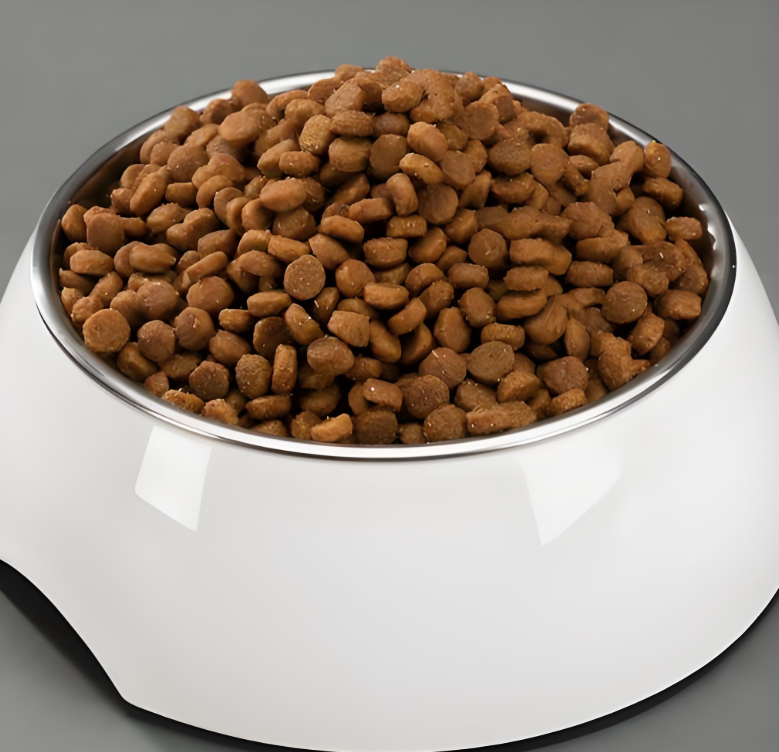
- Limiting Amino Acids: Lysine and methionine are typically the first limiting amino acids in fish feeds, especially when plant proteins are used. If one EAA is deficient, it becomes a bottleneck, and the utilization of all other amino acids is limited to the level of this deficient one, with the excess being deaminated and excreted, creating ammonia waste.
- Crystalline Amino Acid Supplementation: Modern formulations use synthetic, crystalline amino acids (like L-Lysine HCl and DL-Methionine) to precisely “fill the gaps” in the amino acid profile of the raw ingredient blend. This allows formulators to reduce the overall crude protein level in the diet while maintaining optimal growth, a strategy that improves efficiency and reduces nitrogen pollution.extruder machine for fish feed
1.3. The Lipid Paradox – Energy, Essential Fatty Acids, and Health:
Lipids are the most concentrated source of energy and are crucial for the absorption of fat-soluble vitamins (A, D, E, K). However, their role goes far beyond calories.
- Essential Fatty Acids (EFAs): Omega-3 (n-3) and Omega-6 (n-6) polyunsaturated fatty acids (PUFAs) are essential. For marine fish and salmonids, the long-chain PUFAs Eicosapentaenoic Acid (EPA; 20:5n-3) and Docosahexaenoic Acid (DHA; 22:6n-3) are critically important for cell membrane fluidity, neurological development, immune function, and stress resistance. The inability of most marine fish to efficiently convert shorter-chain alpha-linolenic acid (ALA) to EPA and DHA means these must be supplied directly in the feed, traditionally from marine fish oils.
- The Shift to Terrestrial Oils: The finite supply of fish oil has driven the industry to substitute with vegetable oils (e.g., rapeseed, soy, linseed). However, these are rich in n-6 and short-chain n-3 but devoid of EPA and DHA. This substitution can alter the final product’s fatty acid profile, reducing its health benefits to humans. The solution lies in strategic blending, using new sources like genetically modified camelina oil (engineered to produce EPA and DHA), or incorporating marine microalgae oils, which are the primary producers of these fatty acids in the marine food web.extruder machine for fish feed
1.4. The Micro-Nutritional Foundation – Vitamins and Minerals:
Often considered “minor” ingredients, vitamins and minerals are major players in health and metabolism.
- Vitamin Stability: Vitamins are the most vulnerable components in feed. They are sensitive to heat, moisture, oxygen, and light. Vitamin C (ascorbic acid) is notoriously unstable but vital for collagen formation, wound healing, and immune function. The use of coated or chemically stabilized forms (e.g., ascorbyl polyphosphate) is essential to ensure the vitamin survives processing and storage and reaches the fish.
- Phosphorus Management: Phosphorus is a key mineral for bone development and energy metabolism. However, a significant portion of phosphorus in plant ingredients (e.g., soy, corn) is bound in phytate, which is largely indigestible to fish. Undigested phosphorus is excreted and can contribute to eutrophication in water bodies. The addition of the enzyme phytase to the feed is a prime example of precision nutrition. Phytase breaks down phytic acid, liberating the bound phosphorus, making it available to the fish. This improves bone health, reduces the need for supplemental inorganic phosphorus, and minimizes environmental impact.
In essence, precision formulation is a dynamic, multi-variable optimization problem. It balances nutritional science with the economic reality of ingredient costs and the overarching goal of environmental sustainability. The formula is the master plan upon which everything else depends.
Pillar 2: The Uncompromising Pursuit of Ingredient Quality and Sourcing
The most perfect formula is rendered worthless if the ingredients used to execute it are of poor quality. The sourcing and quality assurance of raw materials are the first and most critical line of defense in producing superior feed.extruder machine for fish feed
2.1. The Global Ingredient Palette:
Modern fish feed is a global concoction. A single pellet may contain fishmeal from Peru, soybean meal from Brazil, wheat from North America, rapeseed oil from Europe, and vitamins from China. This global sourcing provides flexibility but also introduces complexity and risk.
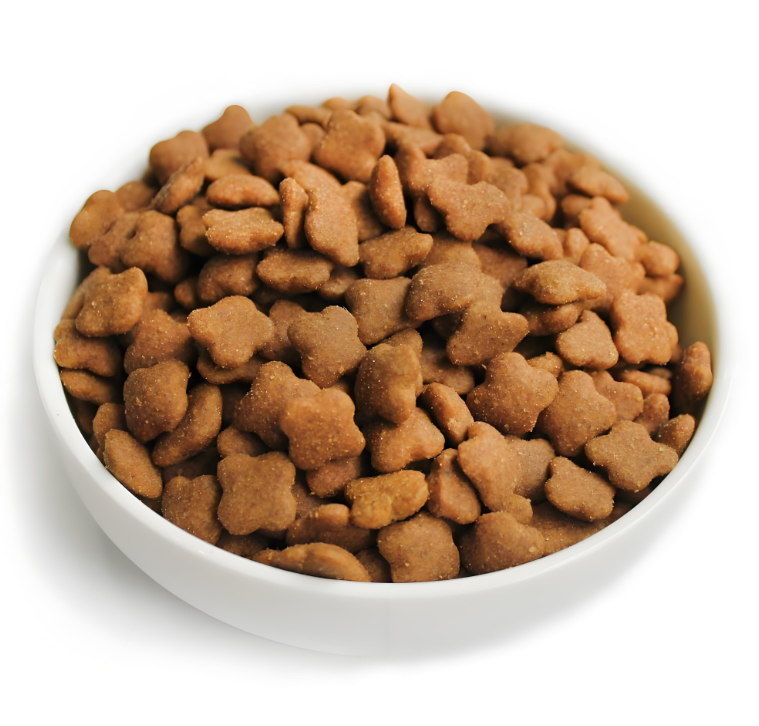
- Fishmeal and Fish Oil: These remain the gold standard for many species due to their excellent amino acid profile, high palatability, and rich content of EPA and DHA. Quality is not uniform. It varies based on the fish species used, the season of catch, and the processing technology on the reduction vessel and at the plant. A key distinction is between whole-fish meal (from dedicated reduction fisheries like anchoveta) and by-product meal (from the trimmings of fish processing plants). Both are valuable, but their compositions differ.
- Plant Proteins: Soybean meal is the dominant plant protein due to its favorable amino acid profile. However, raw soy contains anti-nutritional factors (ANFs) like trypsin inhibitors, which interfere with protein digestion. Therefore, the use of properly processed, “toasted” soybean meal is essential. Other plant proteins like corn gluten meal, rapeseed meal, and pea protein concentrate each have their own unique nutritional profiles and ANF challenges that must be managed.
- Novel Ingredients: The drive for sustainability has spurred the development of alternative ingredients.
- Insect Meal: Produced from black soldier fly larvae or mealworms reared on organic waste streams, it offers a high-quality, sustainable protein and lipid source. The chitin in the exoskeleton may also offer prebiotic benefits.
- Single-Cell Proteins: Derived from yeast, bacteria, or microalgae grown in fermenters, these ingredients can be produced with a tiny land and water footprint and can be tailored to have specific nutritional profiles.
- Algal Oils: Oils from specific marine microalgae are now commercially available as a sustainable, renewable, and contaminant-free source of DHA and EPA, directly addressing the fish oil replacement challenge.
2.2. Rigorous Quality Control at Reception:
A feed mill’s quality control lab is its guardian. No ingredient should be unloaded without passing a rigorous intake protocol.extruder machine for fish feed
- Sampling: Representative samples are taken using deep-bed probes to ensure the sample reflects the entire load, not just the top layer.
- Rapid Analysis: Near-Infrared (NIR) spectroscopy is often used for rapid, non-destructive analysis of moisture, protein, fat, and fiber.
- Critical Laboratory Tests:
- Freshness Indicators (for marine ingredients): Levels of biogenic amines (e.g., histamine, cadaverine) are measured. High levels indicate spoilage and can cause feed rejection or health issues in fish.
- Protein Quality: The digestibility of the protein is more important than its crude level. In-vitro digestibility assays can provide an estimate.
- Contaminant Screening: This is non-negotiable. Tests for mycotoxins (from moldy grains), dioxins, PCBs, and heavy metals (e.g., cadmium, mercury) are conducted to ensure the feed is safe for the fish and the final consumer.
- Anti-Nutritional Factors: For plant ingredients, levels of trypsin inhibitors, glucosinolates (in rapeseed), and gossypol (in cottonseed) are monitored.
Only ingredients that pass these stringent checks are approved for use, ensuring that the foundation of the feed is solid, safe, and of known quality.
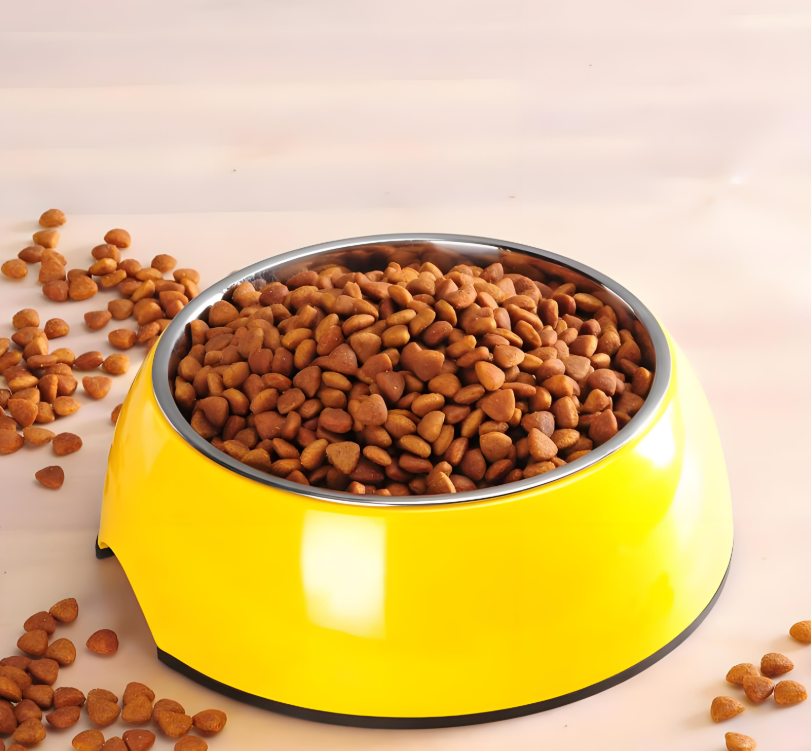
Pillar 3: The Art and Science of Manufacturing – Process Optimization
The manufacturing process is where the formula and ingredients are physically transformed into a functional pellet. This is not a simple mixing and grinding operation; it is a series of precisely controlled thermo-mechanical processes that define the feed’s physical and nutritional integrity.
3.1. Grinding – The Foundation of Homogeneity:
The primary goal of grinding is to reduce the particle size of all ingredients to a uniform fineness. This is critical for two reasons:
- Mixing: It is impossible to achieve a homogenous blend if particles are of vastly different sizes. The smaller, denser particles would segregate from the larger, lighter ones.
- Pelleting and Digestion: A fine, uniform particle size allows for better starch gelatinization during conditioning and extrusion, leading to a more stable pellet. It also dramatically increases the surface area for digestive enzymes to act upon, improving nutrient digestibility.extruder machine for fish feed
Hammer mills are the industry standard, and the selection of the screen size is a critical operational parameter.
3.2. Conditioning – The Thermal Gateway:
Conditioning is arguably the most underappreciated yet vital step in the process. The dry mash is introduced to a conditioner where it is mixed with live steam. The objectives are multifaceted:
- Hydration: Adding 4-6% moisture is essential for the subsequent pelleting/extrusion process.
- Starch Gelatinization: The heat and moisture cause starch granules to swell and burst, forming a gelatinous matrix. This natural gelatinized starch is the primary binder that gives the pellet its physical integrity in water. Inadequate conditioning leads to a soft, crumbly pellet that disintegrates quickly, leading to nutrient loss and water pollution.
- Protein Denaturation: Heat unfolds complex protein structures, making them more accessible to digestive enzymes and thereby improving digestibility.
- Pasteurization: The heat (typically 80-95°C) destroys a significant portion of pathogenic bacteria (e.g., Salmonella, E. coli) and deactivates heat-labile anti-nutritional factors present in plant ingredients.
A well-conditioned mash has a distinct cooked cereal aroma and a warm, moist feel. The retention time and temperature in the conditioner must be meticulously controlled for each formula.
3.3. Pelleting/Extrusion – Shaping the Future:
This is the forming stage, and the technology used—die pelleting or extrusion—dictates the final pellet’s characteristics.
- Die Pelleting: A simpler, older technology where the conditioned mash is forced through a thick, perforated steel die by rollers. The pressure and friction compact the material into a dense, sinking pellet. It is suitable for many species like shrimp, catfish, and tilapia but offers limited control over pellet density.
- Extrusion: This is the state-of-the-art for most modern fish feeds. The conditioned mash is cooked under high pressure, temperature, and shear force inside an extruder barrel before being forced through a die. The instant pressure drop upon exit causes the superheated water in the pellet to flash into steam, “puffing” the pellet up. This allows for unparalleled control over the pellet’s properties:
- Buoyancy: By manipulating the recipe, moisture, and mechanical energy input, the operator can produce a pellet that floats, sinks slowly, or sinks rapidly, matching the feeding behavior of the target species.
- Starch Gelatinization: Extrusion achieves a much higher degree of starch gelatinization (often >90%) than die pelleting, resulting in a more water-stable pellet and higher energy availability.
- Versatility: A wide range of shapes and sizes can be produced by simply changing the die.
3.4. Post-Pelleting Processes – Adding Value and Stability:
The pellets exiting the extruder are soft, moist, and unstable. They require further processing.
- Drying: The pellets are conveyed through a multi-pass dryer where hot air reduces the moisture content from ~25% to a stable ~10%. This prevents mold growth during storage. Drying must be gradual to avoid “case hardening,” where a hard shell forms, trapping moisture inside.
- Coating (Liquid Application): The high heat of extrusion would destroy heat-sensitive nutrients like certain vitamins and the valuable omega-3 fatty acids in fish oil. Therefore, these are added after drying and cooling. The most effective method is vacuum coating. The dried, porous pellets are placed in a sealed chamber, and a vacuum is drawn, sucking the air out of the pores. When the liquid lipid blend (containing oils, fat-soluble vitamins, etc.) is introduced and the vacuum is released, atmospheric pressure forces the liquid deep into the pellet’s core. This allows for high fat levels without surface oiliness, which can lead to rancidity and nutrient leaching.
The entire manufacturing process is a symphony of interconnected steps, each one critical to the final quality of the feed. Precision control over temperature, moisture, pressure, and time at every stage is what separates a high-performance feed from a mediocre one.
Pillar 4: Ensuring Nutritional Integrity and Digestibility
A feed can be perfectly formulated and manufactured, but if the nutrients are not digestible to the fish, they are worthless. Furthermore, the nutrients must survive storage and remain available until the feed is consumed.extruder machine for fish feed
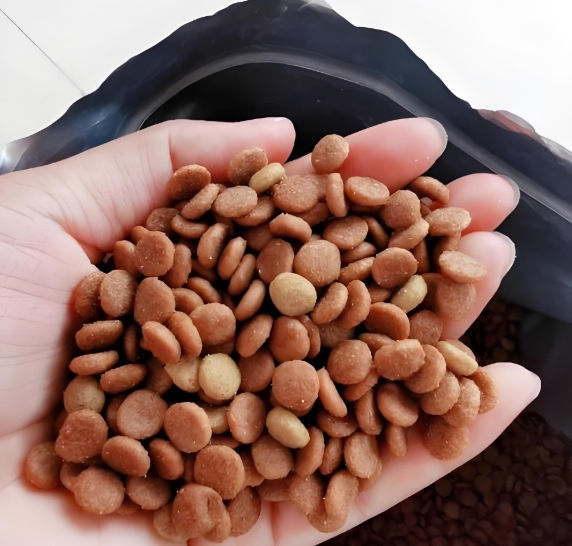
4.1. The Concept of Bioavailability:
Bioavailability refers to the proportion of a nutrient that is ingested, digested, absorbed, and metabolized for normal physiological functions. A feed ingredient might have a high level of phosphorus on paper, but if it’s in the form of phytate, its bioavailability to a salmon is near zero. Formulators must work with “available” or “digestible” nutrient values, not just crude levels.
- Digestibility Trials: These are the gold standard for determining bioavailability. Fish are fed a test diet, and their feces are collected (often using settling units or by stripping). The difference between the nutrient ingested and the nutrient excreted gives the apparent digestibility coefficient (ADC). These values are fundamental for creating efficient, low-waste feeds.
4.2. The Stability of Nutrients:
The most fragile nutrients are vitamins and unsaturated fats.
- Oxidative Rancidity: The oxidation of lipids is a chain reaction that destroys fat-soluble vitamins (especially A, D, and E), produces off-flavors, and can create harmful compounds that damage fish cells, leading to conditions like steatitis (yellow fat disease). Preventing this is paramount.
- Antioxidants: The use of both natural (e.g., mixed tocopherols, rosemary extract) and synthetic (e.g., ethoxyquin, BHT, BHA) antioxidants is standard practice. They work by donating an electron to free radicals, stopping the chain reaction of oxidation.
- Proper Storage: Feeds high in fish oil must be stored in cool, dark, and dry conditions and used on a first-in, first-out (FIFO) basis to minimize oxidative damage.
4.3. The Role of Functional Additives – “Health-Ful” Feeds:
Modern superior feeds go beyond basic nutrition to promote health and well-being proactively.
- Prebiotics and Probiotics: Prebiotics (e.g., mannan-oligosaccharides MOS, fructo-oligosaccharides FOS) are non-digestible fibers that stimulate the growth of beneficial gut bacteria. Probiotics are live, beneficial bacteria added to the feed that can colonize the gut, competitively excluding pathogens, improving gut morphology, and enhancing immune response.
- Phytogenics: These are plant-derived compounds (from herbs, spices, and essential oils) that have been shown to have antimicrobial, antioxidant, and growth-promoting properties. Oregano, thyme, and garlic extracts are common examples.
- Mycotoxin Binders: In the event that contaminated grains are used, these clay-based or yeast-derived additives can bind to mycotoxins in the gut, preventing their absorption and mitigating their toxic effects.
A feed that maintains its nutritional integrity from the mill to the fish’s digestive system is a feed that delivers on its promise of health, growth, and efficiency.
Pillar 5: The Physical Quality – Durability, Stability, and Hydro-Stability
The physical characteristics of the pellet are just as important as its chemical composition. A pellet that disintegrates before it can be eaten is a complete waste.
5.1. Pellet Durability Index (PDI):
This is a standard measure of a pellet’s ability to withstand mechanical abrasion and handling (e.g., in conveyors, blowers) without breaking. It is tested by tumbling a sample in a standardized box for a set time and then sieving to measure the percentage of intact pellets remaining. A high PDI (>95%) is essential to minimize the generation of “fines” (dust), which are lost nutrients and pollutants.
5.2. Hydro-Stability (Water Stability):
This is the measure of how long a pellet can retain its structure after being immersed in water. For species that are slow feeders (like shrimp) or that feed from the bottom, high hydro-stability is critical.
- Factors Affecting Hydro-Stability: The degree of starch gelatinization (from conditioning and extrusion) is the primary factor. The use of dedicated binders like lignosulfonates, alginates, or specific gums can further enhance stability, often at a cost.
- Leaching of Nutrients: Water-soluble vitamins and minerals can leach out of a pellet quickly once immersed. A pellet with good hydro-stability not only remains intact but also minimizes this nutrient leaching, ensuring the fish consumes the full nutritional package.
The physical quality of the feed is the final guarantee that the carefully formulated and manufactured nutrients will actually be delivered to the fish.
Pillar 6: The Overarching Imperative of Sustainability and Environmental Stewardship
In the 21st century, a fish feed cannot be considered “superior” if it is not sustainable. The industry is under increasing scrutiny for its environmental footprint, and feed is the central element in this equation.
6.1. Reducing the Dependence on Marine Resources:
The “Fish In: Fish Out” (FIFO) ratio has been a key metric. It measures the amount of wild fish used to produce a unit of farmed fish. Through the strategic use of alternative ingredients (plant proteins, novel ingredients) and by-products, the FIFO ratio for species like salmon has plummeted. The industry is moving towards a circular economy model where marine ingredients are used strategically for their unique properties rather than as bulk commodities.extruder machine for fish feed
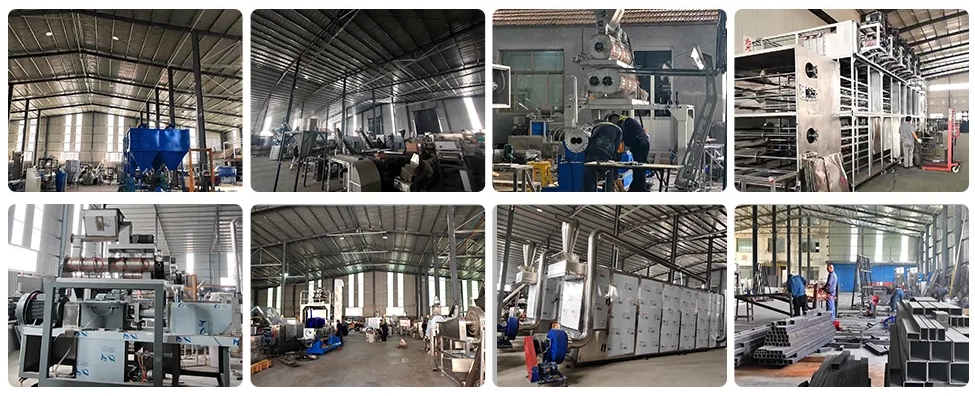
6.2. Minimizing Environmental Pollution:
Nutrient waste from aquaculture, primarily nitrogen and phosphorus, can fertilize water bodies, leading to eutrophication and algal blooms. Superior feeds directly combat this through:
- High Digestibility: The more digestible the feed, the less nitrogen (from undigested protein) and phosphorus is excreted.
- Precision Formulation: Formulating with digestible phosphorus and using the enzyme phytase dramatically reduces phosphorus excretion.
- Precision Feeding: Using advanced feeding systems that respond to the appetite of the fish (using sensors or cameras) ensures that little feed is wasted. A superior feed is one that is eaten, not lost.
6.3. Traceability and Certification:
Consumers and retailers are increasingly demanding transparency. Certifications like the Aquaculture Stewardship Council (ASC) and the Marine Stewardship Council (MSC) have standards that include strict requirements for feed, such as the source of marine ingredients and the use of certified sustainable agricultural commodities. A superior feed mill will have robust traceability systems and participate in these certification schemes to assure its customers of its commitment to sustainability.
Conclusion: The Symphony of Six
Producing a truly superior fish feed is not about excelling in one area; it is about mastering all six interconnected pillars. It is a continuous process of improvement, driven by research, technology, and a deep sense of responsibility.

The formula must be a precise, species-specific nutritional blueprint. The ingredients must be sourced for their quality, safety, and sustainability. The manufacturing process must be a controlled, thermal-mechanical transformation that optimizes physical structure and nutrient availability. The nutritional integrity must be safeguarded from the mixer to the fish’s gut. The physical pellet must be robust enough to survive its journey to the fish. And all of this must be underpinned by a unwavering commitment to reducing the environmental footprint of aquaculture.extruder machine for fish feed
When these six elements are harmonized, the result is more than just feed. It is the catalyst for a healthy, sustainable, and productive aquaculture industry—an industry capable of nourishing the world without plundering its resources. The pellet, therefore, is not merely a product of science and engineering; it is a symbol of our evolving relationship with the ocean and its bounty.







